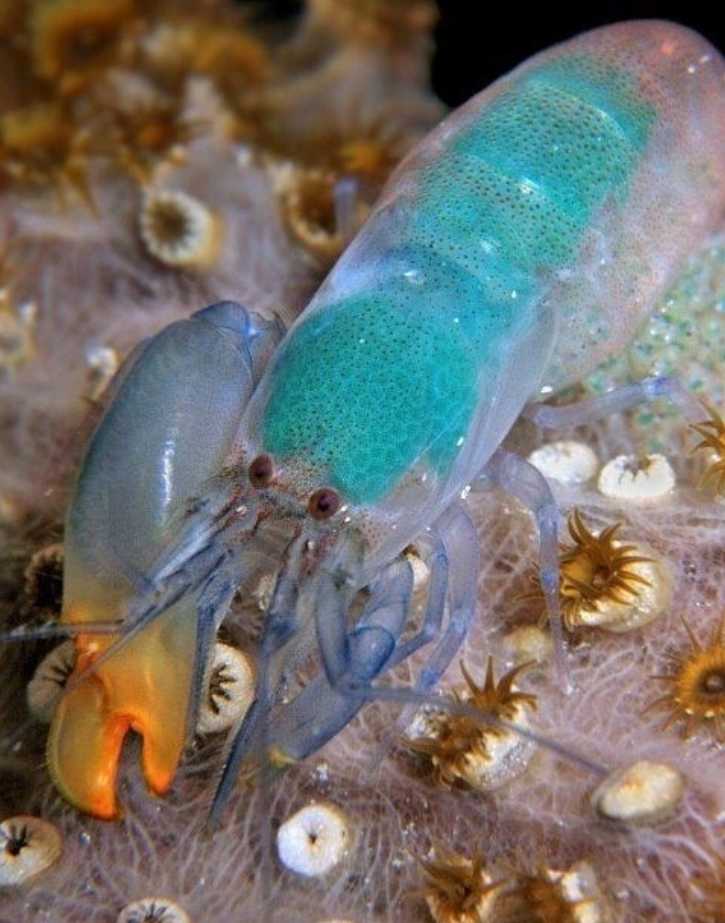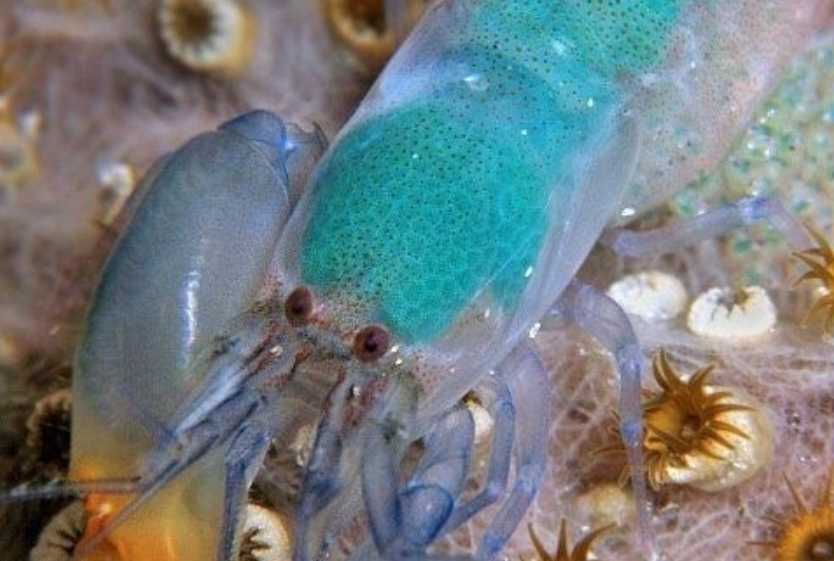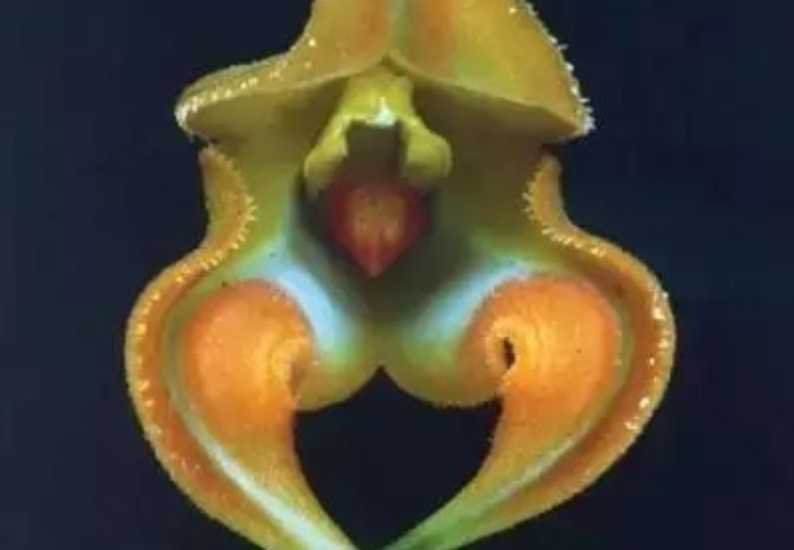The Pistol Shrimp: Nature’s Underwater Sonic Boom Specialist
The pistol shrimp, also known as the "snapping shrimp," is a fascinating crustacean renowned for its ability to create a powerful sonic boom using a specialized claw. Found in tropical and subtropical marine environments worldwide, this small but mighty creature has evolved one of nature’s most remarkable acoustic weapons.

Source: Images from the Internet, if there is any infringement, please contact the removal of
The Claw That Shoots Water Bullets
The pistol shrimp’s defining feature is its oversized, asymmetrical claw, which can grow up to half the length of its body. This claw functions like a piston:
- A hinged "dactyl" (finger) slides into a socket, building up pressure. When released, it fires a high-velocity jet of water, creating a cavitation bubble.
- The collapsing bubble generates a shockwave reaching 210 decibels—louder than a gunshot—capable of stunning prey, breaking glass, or even interfering with sonar equipment.
- The process happens in just 3 milliseconds, with the bubble’s interior briefly reaching temperatures near 4,700°C (similar to the sun’s surface), though this is short-lived.
Lifestyle and Symbiotic Relationships
Pistol shrimp typically live in burrows on the ocean floor, often in partnership with goby fish. The goby acts as a lookout, warning the shrimp of approaching predators, while the shrimp maintains the burrow. These social shrimp are also known for their:
- Diet: Feeding on small fish, crustaceans, and organic matter stunned by their sonic blasts.
- Communication: Using clicks and snaps not only for hunting but also to communicate with colony members in species like Synalpheus.
- Regeneration: If the pistol claw is lost, it can regrow as a smaller, functional claw, while the other claw may evolve into a new pistol claw.
Ecological and Scientific Significance
In marine ecosystems, pistol shrimp play a role in aerating sediments and controlling prey populations. Their unique ability has inspired researchers in:
- Sonar and Underwater Acoustics: Studying how they minimize self-damage from their own blasts.
- Cavitation Research: Insights into bubble dynamics for medical technologies or underwater propulsion.
While not endangered, they face threats from coastal pollution and habitat destruction. Their incredible adaptation serves as a reminder of the ocean’s hidden wonders—proof that even tiny creatures can wield extraordinary power in the world’s waters.
-------- END --------






